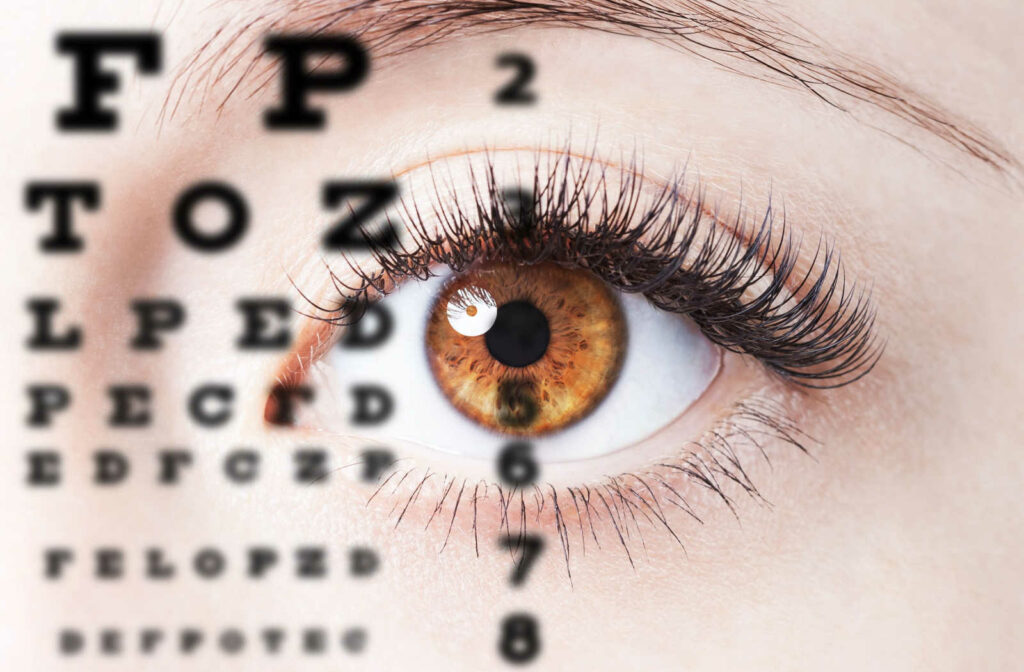All Categories
Featured
Table of Contents

Regular eye examinations are vital for preserving excellent vision and discovering potential eye wellness concerns early. However, the frequency of these examinations can vary considerably based upon a person's age, lifestyle, and general health and wellness. Comprehending the recommended routine for eye exams can assist make sure that people of any ages receive appropriate treatment and surveillance for their eye health and wellness.
Newborns and Toddlers (0-2 Years)
For babies and kids, eye exams are essential for identifying any possible vision troubles beforehand. The American Academy of Ophthalmology suggests that a kid's first eye test should occur at around six months of age. Throughout this preliminary browse through, the eye care specialist will certainly examine the child's visual advancement and check for any type of noticeable eye issues.Following this very first examination, it is suggested that kids have an additional eye test at age three. This browse through will certainly concentrate on analyzing the youngster's total aesthetic feature, consisting of eye alignment and the capacity to track things. If no concerns are found, the following test should be arranged before the youngster starts institution, usually around age 5 or six.
School-Aged Children (6-18 Years)
Once youngsters get to school age, regular eye examinations ought to be set up each to 2 years. Vision is crucial for discovering and development, and many schools carry out vision screenings. These testings do not change a thorough eye exam by an eye treatment expert.For children involved in sports or tasks requiring considerable aesthetic focus, yearly eye tests may be advisable. Furthermore, if a kid displays indications of vision problems-- such as problem checking out, scrunching up your eyes, or frequent headaches-- a visit to the eye physician should be scheduled as quickly as possible.
Young Person (19-39 Years)
Young adults usually have less vision modifications than older age, yet routine eye exams stay essential. The basic suggestion is to arrange an eye exam every 2 years during this duration. Individuals with certain risk variables-- such as a household background of eye condition, diabetic issues, or those who put on call lenses-- need to think about annual eye examinations.In addition, those that invest significant time on electronic gadgets might experience electronic eye stress. If symptoms such as dryness, fatigue, or obscured vision occur, it may be smart to see an eye care specialist quicker.
Grownups (40-64 Years)
Grownups aged 40 to 64 need to schedule eye tests every one to two years. Eye tests can also aid find other usual age-related problems such as glaucoma, cataracts, and macular degeneration.If people in this age group have risk elements such as high blood stress or diabetic issues, they might call for even more frequent exams to check their eye wellness very closely.
Elders (65 Years and Older)
For elders, regular eye exams come to be even a lot more vital. The American Optometric Association advises that individuals matured 65 and older have an eye exam at least as soon as a year.Final thought.
Comprehending the suitable schedule for eye examinations based upon age is important for preserving optimum eye health and wellness throughout life. From infants to seniors, routine eye assessments play an important role in detecting concerns early and ensuring that vision remains sharp. By adhering to these standards and seeking advice from an eye treatment professional, people can take aggressive steps toward maintaining their vision and total health and wellness. Whether it's a kid's initial go to or a senior's annual examination, prioritizing eye care is an investment in long-lasting wellness.Table of Contents
Latest Posts
Explore Reduce Expenses on Car Maintenance with Montclare Auto Repair’s Exclusive Deals
Published en
1 min read
Unlock Your Financial Partner at WyHy – Key Advantages for Your Money Goals
Published en
1 min read
How Consistent Auto Maintenance at Montclare Auto Repair Saves You Money
Published en
1 min read
More
Latest Posts
Explore Reduce Expenses on Car Maintenance with Montclare Auto Repair’s Exclusive Deals
Published May 25, 25
1 min read
Unlock Your Financial Partner at WyHy – Key Advantages for Your Money Goals
Published May 24, 25
1 min read
How Consistent Auto Maintenance at Montclare Auto Repair Saves You Money
Published May 22, 25
1 min read